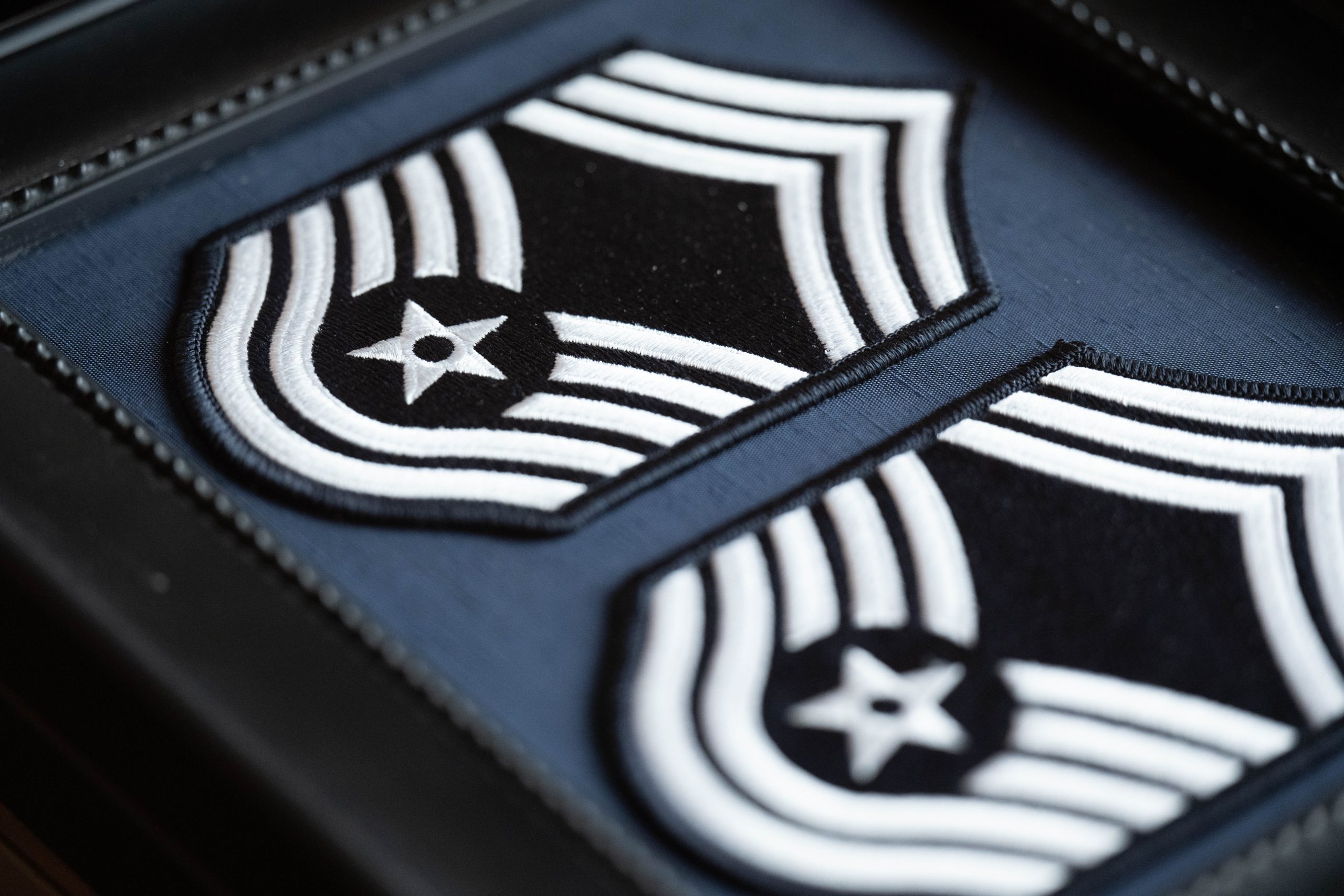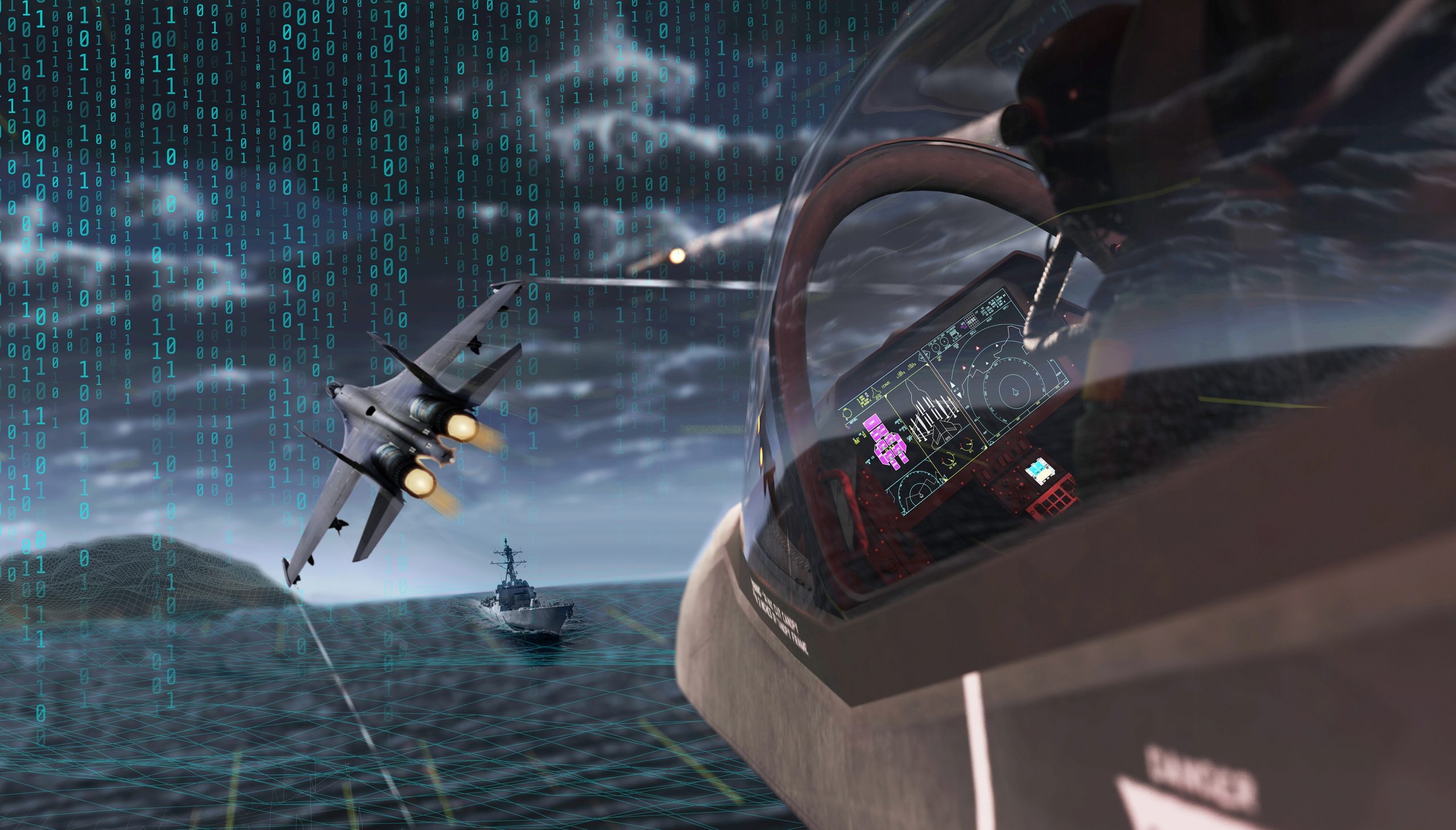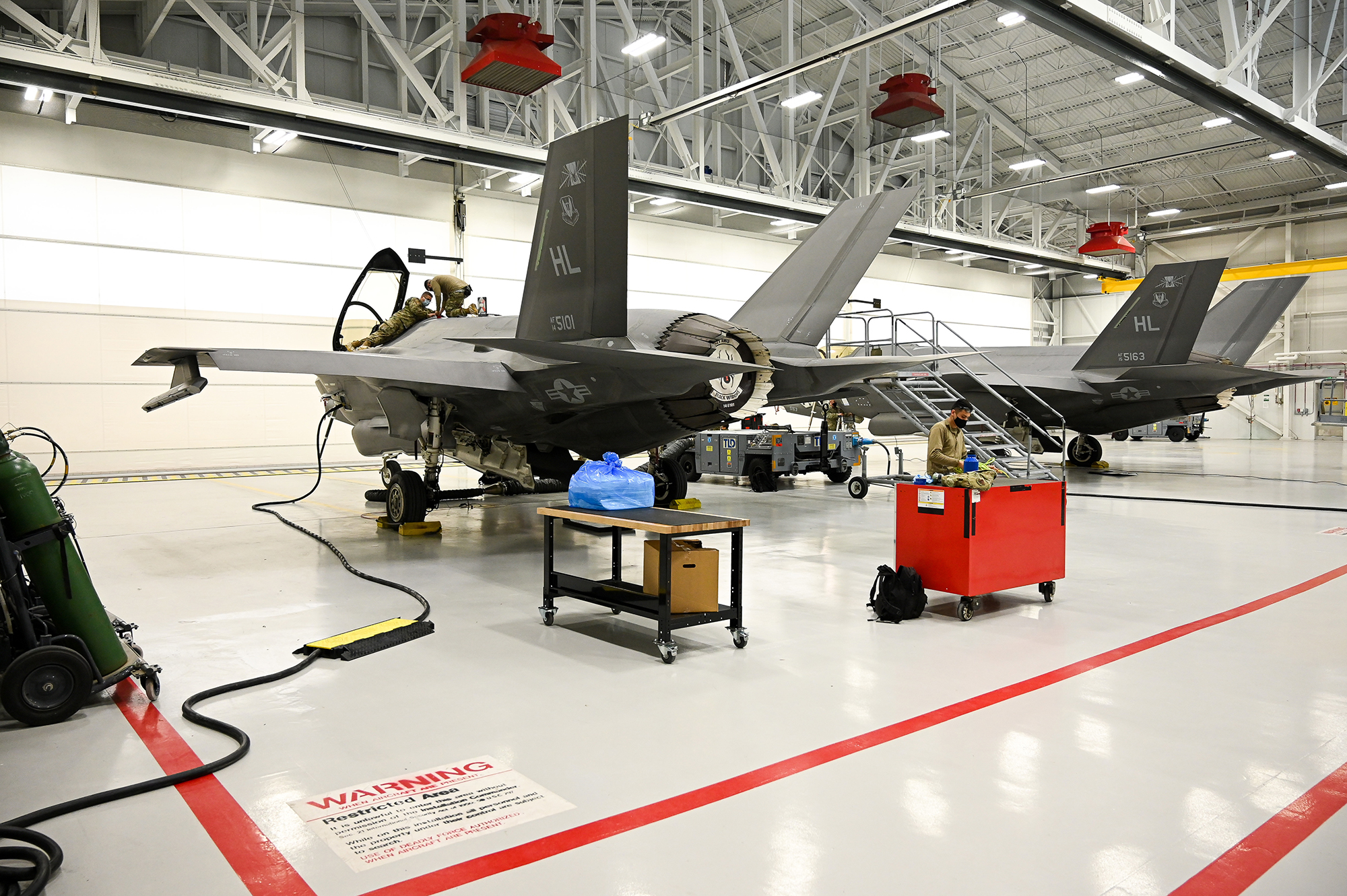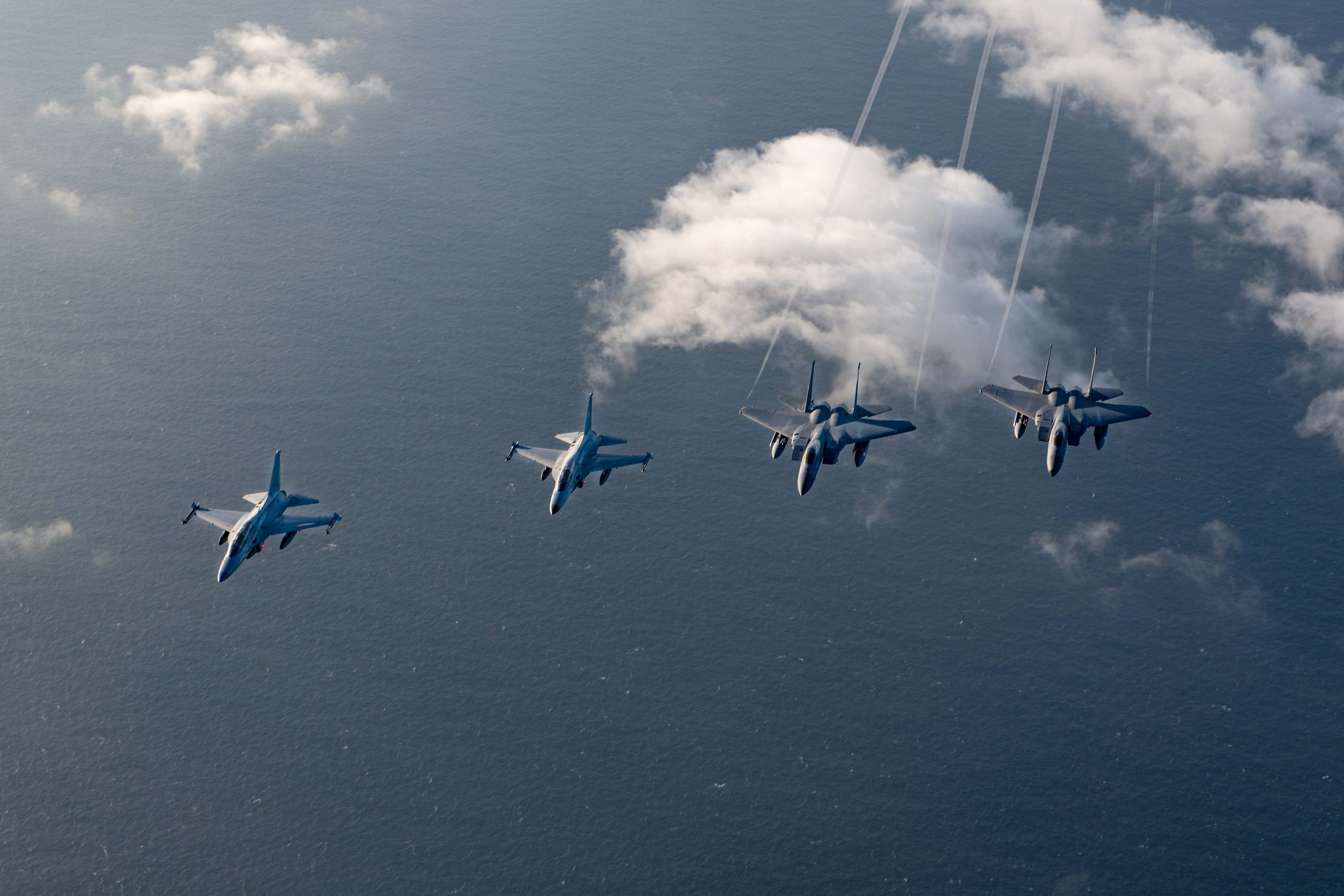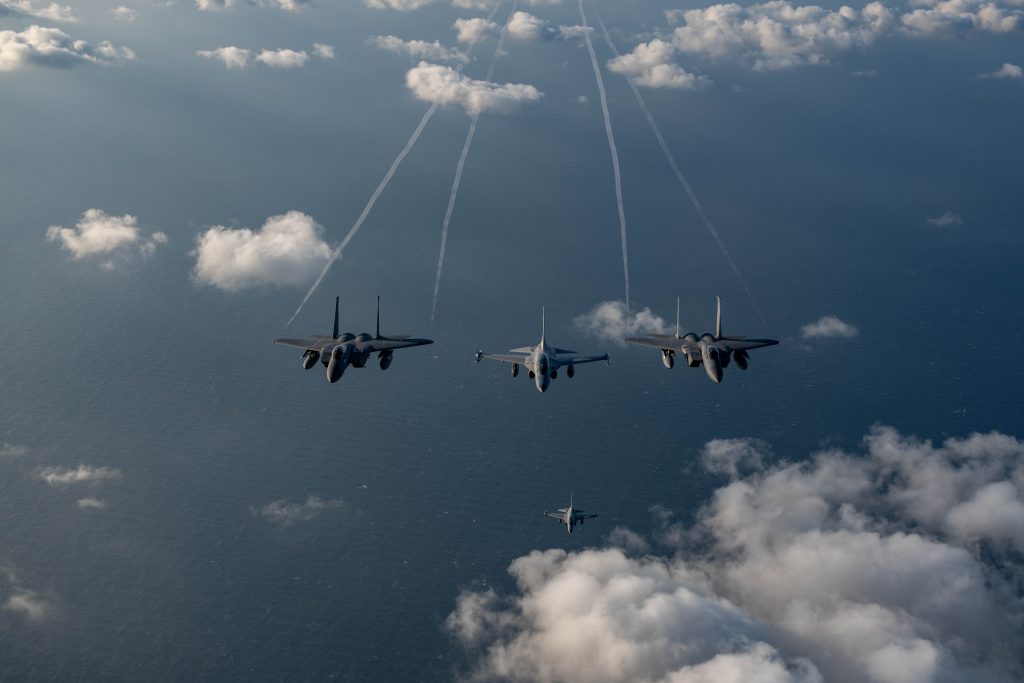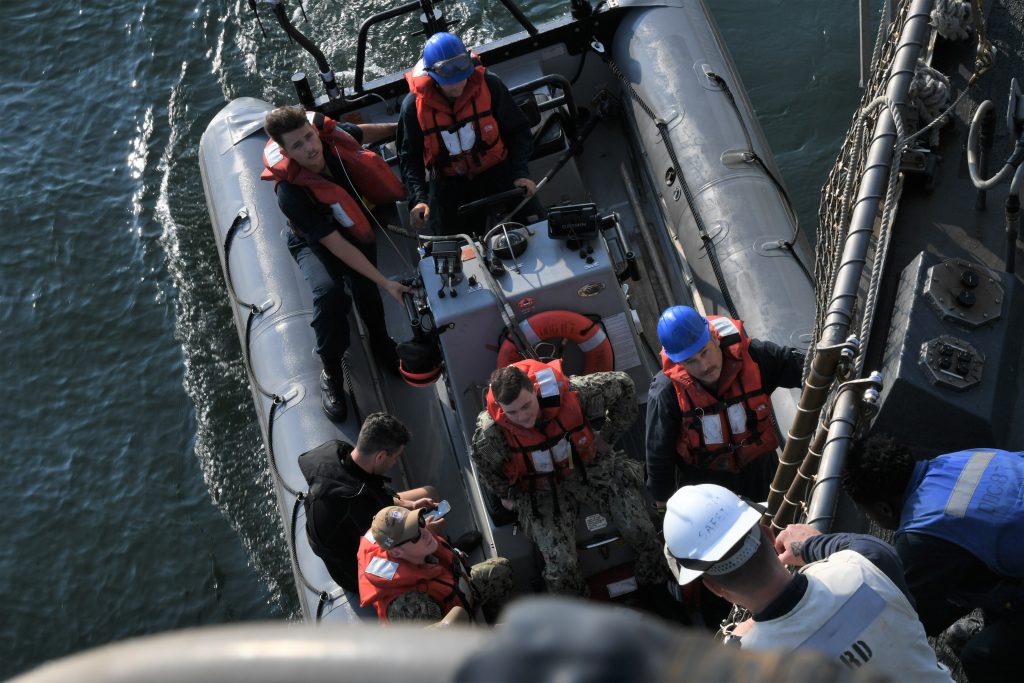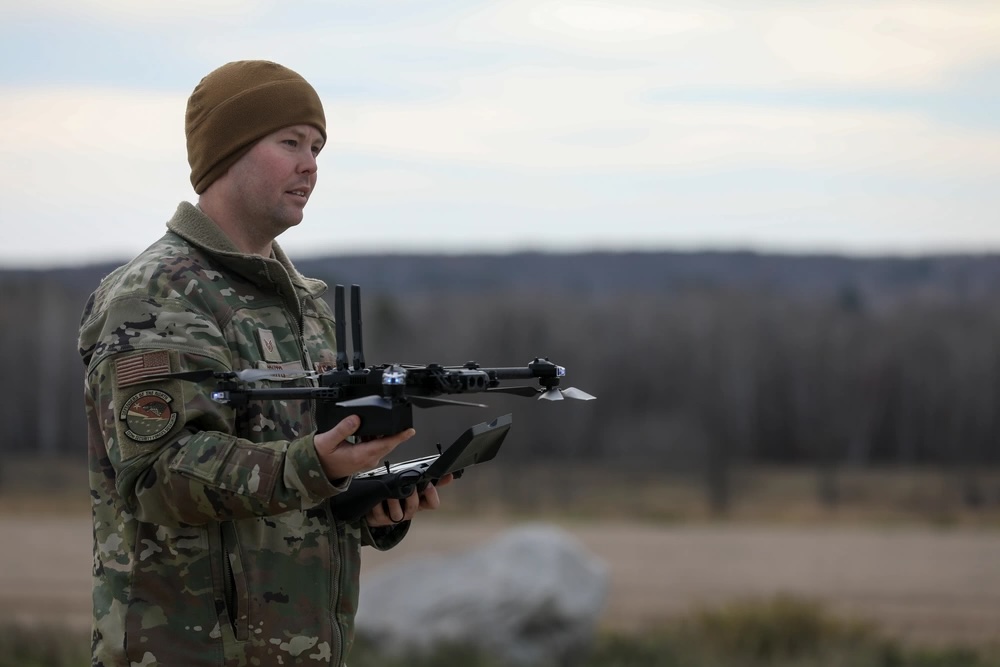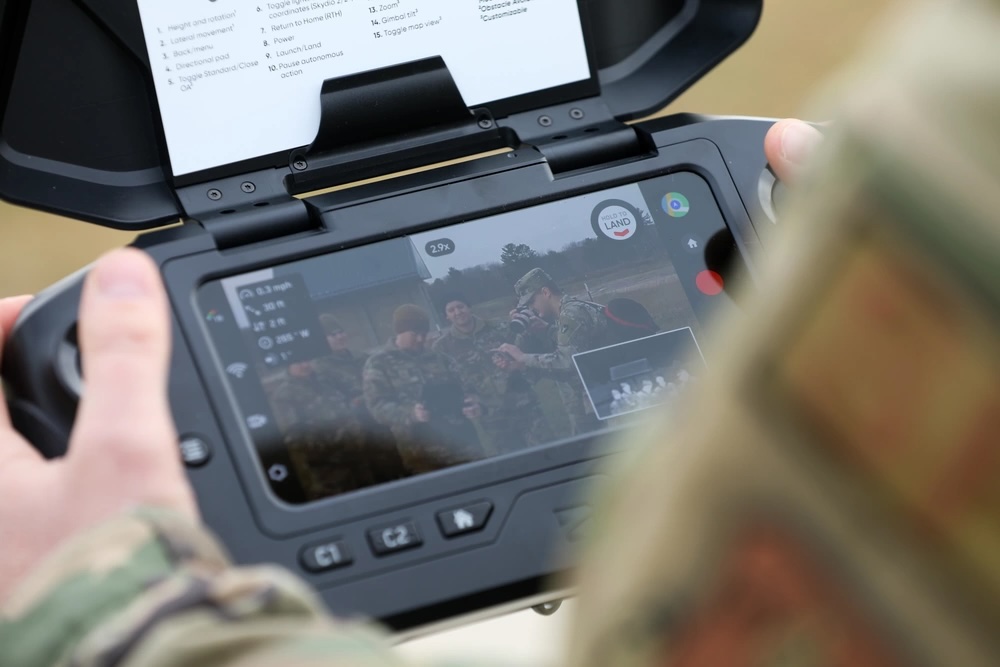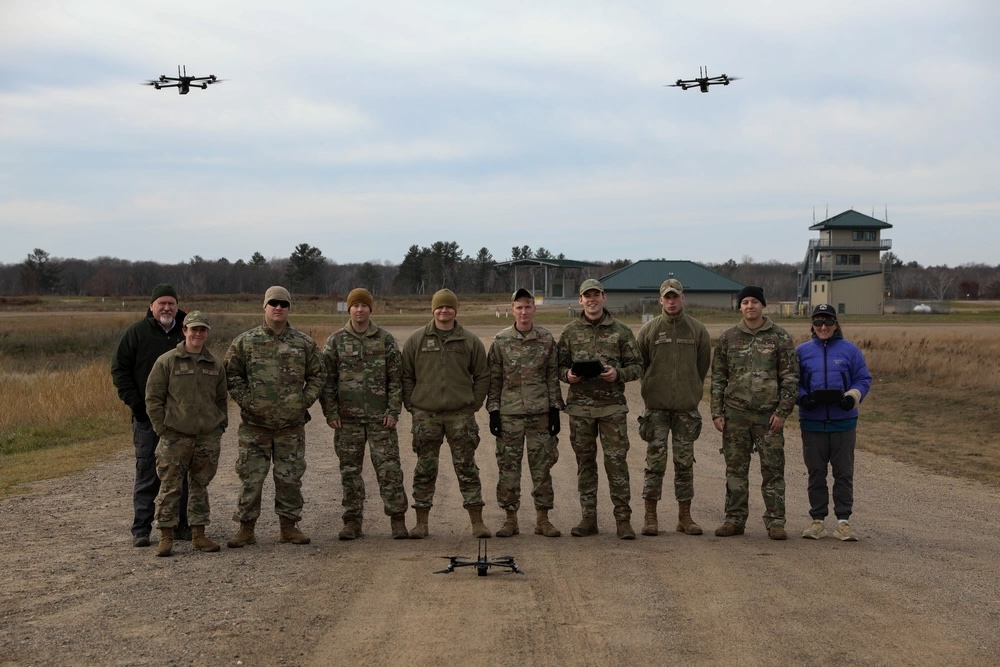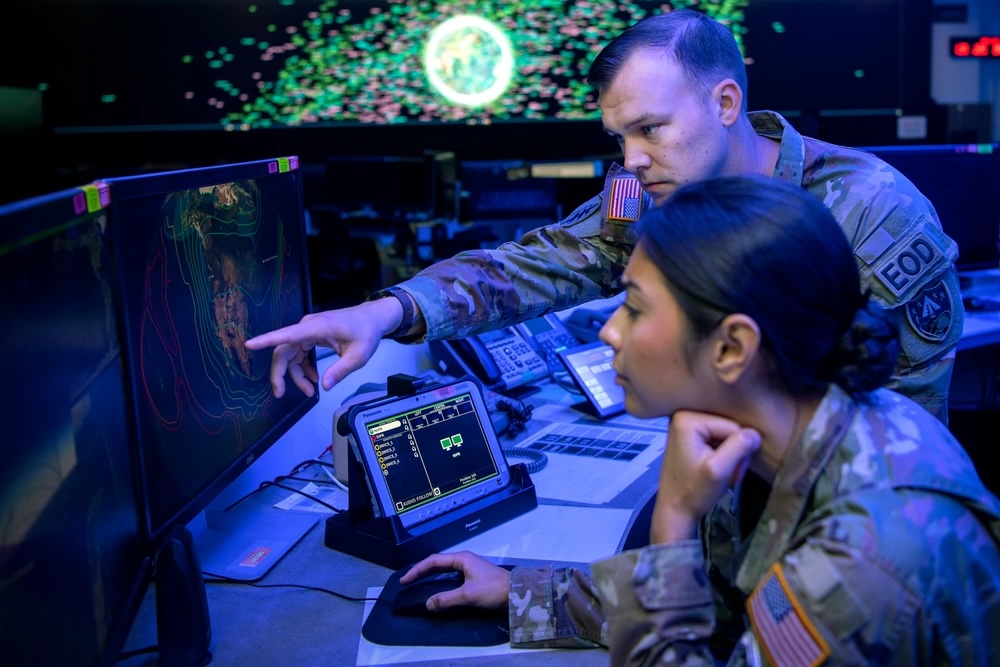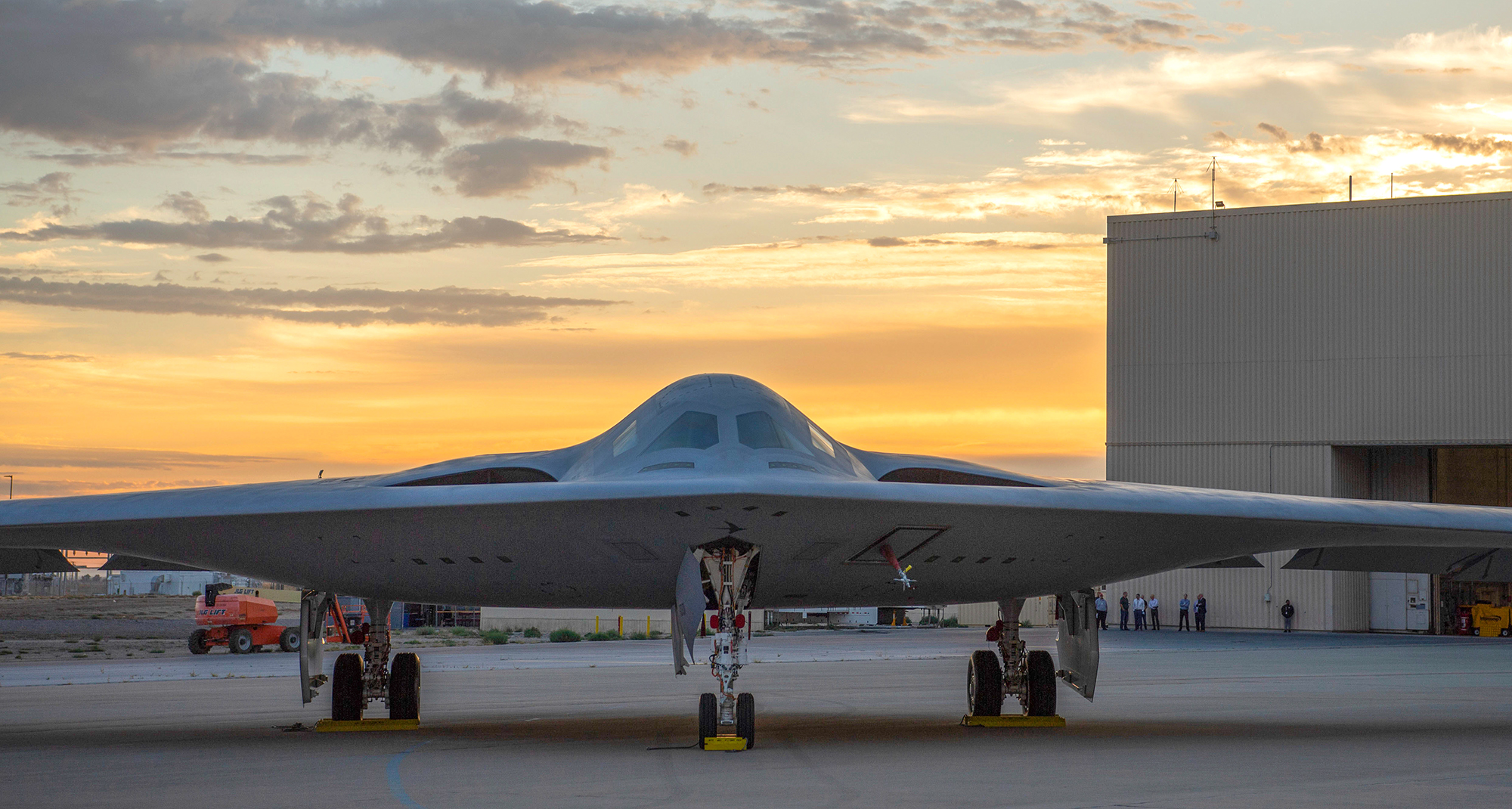The Air Force is taking steps towards starting a geothermal plant at Joint Base San Antonio, Texas, as part of a larger effort to make the branch’s energy infrastructure more resilient and sustainable. If the effort is successful, it could pave the way for geothermal energy at other Air Force installations.
“If we can prove this works at JBSA, where it might not be the best base for geothermal potential, then we can make this work anywhere,” Lucinda Notestine, special projects division chief for the Air Force Office of Energy Assurance, said in a Nov. 20 press release.
The release comes about two months after the Air Force announced it had signed agreements to explore geothermal energy at JBSA and Mountain Home Air Force Base, Idaho. The agreements were with the companies Eavor Inc. and Zanskar Geothermal & Minerals, Inc. for Texas and Idaho, respectively. The goal is to study and test the local potential for geothermal energy over the next two years, with “targeted commercial operations” starting in three to five years, according to the initial announcement.
Geothermal energy systems transmit heat found in rocks deep underground to the surface via fluid that moves through small pathways in the rocks. Once on the surface, steam from the fluid drives turbines that generate electricity and very little emissions. Unlike other renewable energy resources such as wind or solar, geothermal availability is not affected by changing weather.
Geothermal resources are often found along major tectonic plate boundaries, but a report written earlier this year by researchers at five Texas universities showed that the state is abundant in geothermal power.
“The amount of heat energy beneath our feet is estimated to be many thousands of times larger than what we would need to power not only Texas, but the world,” researchers wrote.

Though well-known for its oil and gas industry, Texas also has a long geothermal history. One fact sheet from Southern Methodist University pointed out that the state capitol was originally heated by geothermal water, and San Antonio once used 106-degree well water for a spa.
Still, it will take work to access that energy, namely drilling three or more miles down. Researchers found that most of the state is at or near minimum viable temperatures for conventional geothermal power generation at about 4 miles down, “a drilling depth typical in parts of the world within the oil and gas industry,” they wrote.
Nonstop supplies of environmentally sustainable power are an alluring option for the Air Force, which wants to make its power infrastructure more resilient and reduce its contributions to climate change.
“We are in an era of strategic competition with China, which means that our installations are no longer a sanctuary from the full spectrum of threats,” Dr. Ravi Chaudhary, assistant secretary of the Air Force for energy, installations, and environment, said in a September release about the geothermal projects. “We need to ruggedize our installations with redundant energy systems and make use of clean energy sources that reduce our fuel demands.”
Indeed, recent conflicts in the Middle East and Ukraine demonstrated to Air Force planners how reliance on fossil fuels can leave facilities vulnerable to blockades, spikes in gas prices, or attacks on host nation power grids. Meanwhile, Air Force bases are also increasingly affected by extreme heat, wildfires, flooding, and other severe weather events exacerbated by climate change.
Brig. Gen. Russell D. Driggers, commander of the 502nd Air Base Wing at JBSA, hopes geothermal can help on both fronts.
“With this pilot project, JBSA has an opportunity to spearhead innovations in clean energy and resilient infrastructure,” he said in the Nov. 20 release. “And, as the largest joint base in the Department of Defense, we must continue to think ahead and look for opportunities to implement diverse, resilient energy sources that reduce emissions, enhance security and allow us to operate sustainably for years to come.”
Driggers is not the only one thinking along those lines: one of the Air Force’s goals under its Climate Campaign Plan is to achieve 100 percent carbon pollution-free electricity on a net annual basis by fiscal year 2030, and 50 percent on a 24/7 basis. The plan pointed out the start of a geothermal pilot in partnership with the Defense Innovation Unit in 2022 as a promising step towards that goal.

